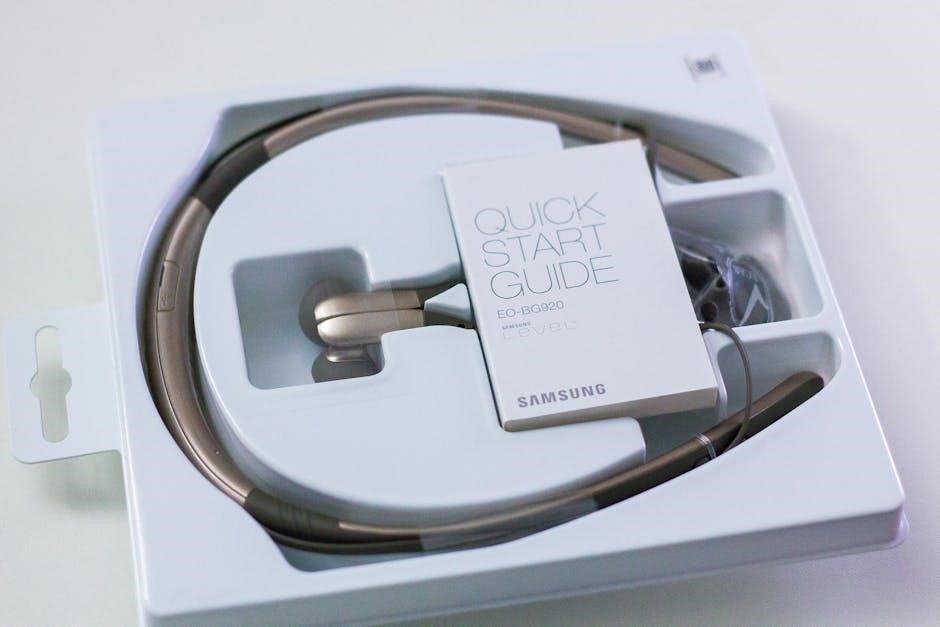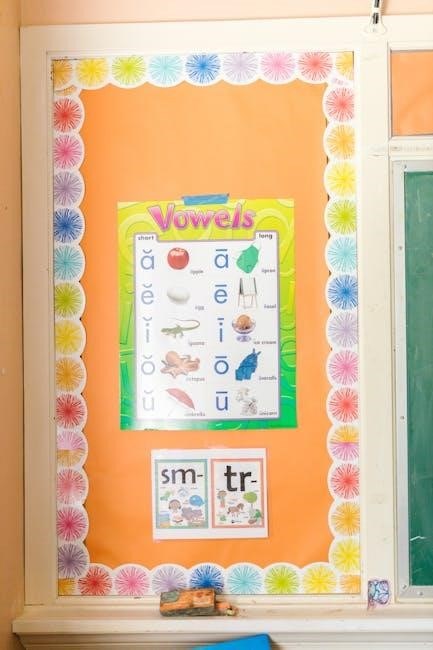porsche panamera buyers guide
Navigating the used luxury car market can be daunting, especially with a high-performance vehicle like the Porsche Panamera․ This guide provides insights into reliability, common issues, and what to consider when purchasing a used Panamera․ Understanding potential problems and maintenance costs is crucial․
The Porsche Panamera, a luxury four-door grand tourer, bridges the gap between sports car performance and sedan practicality․ Since its introduction, it has offered a unique blend of high-performance driving dynamics and luxurious comfort, setting it apart in its class․ The Panamera is known for its powerful engines, advanced technology, and distinctive Porsche design language․ It caters to buyers seeking both exhilaration and refinement, offering various models, including hybrid options, to suit diverse preferences․ The first generation of the Panamera debuted in 2010, with a second generation launching in 2017, each bringing advancements in technology and performance․ The Panamera is a high-performance vehicle, and this presents unique challenges related to the engine mounts․ It is important to note that this car has many features and a unique driving experience․ This guide aims to provide potential buyers with a comprehensive overview of what to expect from a used Panamera․
Panamera Reliability Overview
The Porsche Panamera’s reliability is a complex topic, often debated among car enthusiasts․ While generally considered more reliable than some of its German counterparts, the Panamera is not without potential issues․ It’s important to note that reliability can vary significantly between model years and engine configurations․ Data suggests that the Panamera, on average, has a reliability rating of 7․4 out of 10, ranking it 6th in reliability out of 11 Porsche models․ However, some sources provide lower scores․ It’s not uncommon to see common problems related to oil leaks, water pump failures, and electrical glitches․ These issues, while not necessarily widespread, can lead to expensive repairs due to the complexity of the car and the high cost of Porsche parts․ Additionally, some reports suggest that the Panamera has a 0 percent chance of reaching 200,000 miles․ The car’s reliability score is about 0․5 out of 5․0․ Potential buyers should research specific model years for known issues before making a purchase․
Years to Potentially Avoid
When considering a used Porsche Panamera, certain model years may present a higher risk of problems․ While not definitively unreliable, early models, particularly the 2010 and 2011 Panameras, have been noted to experience more issues․ The 2010 model year, being the first production year, faced problems with engine and transmission components․ The 2011 model also had a higher number of recalls, which could indicate potential manufacturing or design flaws․ Although the 2010 year has been reported to have issues related to the electrical and fuel systems, this should not be confused with the 2021 model that was recalled three times for incorrect front lower trailing arms, seat belt locking retractor malfunction, and a cooling pump short circuit․ It is also important to check the 2016-2023 models for common issues and overall reliability․ While more recent models generally have improved reliability, it’s still essential to research specific year’s issues and perform a thorough pre-purchase inspection․ Avoiding the early production years might be a prudent decision for buyers seeking a more trouble-free experience․
Common Problems⁚ Engine and Mechanical
Several engine and mechanical issues have been reported in the Porsche Panamera, particularly in earlier models․ Oil leaks are a recurring concern, often stemming from various seals and gaskets, which can be costly to repair․ Water pump failures are another problem that can lead to coolant leaks, potentially causing engine overheating if not addressed promptly․ The timing chain tensioner has also been identified as a weak point in certain engines, with potential breakage issues that can lead to extensive damage․ High-performance engines, like the ones found in the Panamera, can present unique challenges with engine mounts, requiring careful inspection and maintenance․ Additionally, some owners have reported issues with the starter motor, although this may not be considered as a common problem․ Overall, it is crucial for buyers to pay close attention to the engine’s history, maintenance records, and look for any signs of leaks or unusual noises to avoid expensive repairs down the line․ Regular checks and maintenance are essential for keeping the Panamera’s engine in optimal condition․
Common Problems⁚ Electrical and Electronic
The Porsche Panamera, like many modern luxury vehicles, is susceptible to a range of electrical and electronic issues․ One frequently reported problem is the Porsche Communication Management (PCM) system experiencing constant reboots, which can be frustrating and disrupt the user experience․ Electrical glitches are another common occurrence, manifesting as malfunctions in various systems including lights, sensors, and infotainment controls․ Some owners have also noted issues with the car’s electronic stability control and ABS systems, which can potentially compromise safety․ Additionally, there have been reports of dashboard glare causing visibility issues, which, while not a malfunction, can be distracting․ Furthermore, certain models have experienced problems with the cooling pump, potentially leading to short circuits․ These electronic issues can often be difficult and costly to diagnose and repair, necessitating specialized tools and expertise․ Therefore, a thorough inspection of all electrical and electronic components is crucial before purchasing a used Panamera․ Checking for software updates and any warning lights on the dashboard should also be a part of the pre-purchase process․
Transmission Issues
The Porsche Panamera’s sophisticated transmission, often the PDK (Porsche Doppelkupplung) dual-clutch system, can sometimes present issues․ While generally robust, the PDK is not immune to problems, especially in older models․ Some owners have reported experiencing rough shifting, hesitation, or unexpected gear changes, indicating potential wear or malfunctions within the transmission․ These issues can be exacerbated by inadequate maintenance or aggressive driving habits․ Furthermore, problems with the transmission control unit or the associated sensors can also lead to performance issues․ It’s crucial to note that repairs to the PDK system can be expensive, often requiring specialized tools and expertise․ Therefore, a pre-purchase inspection should include a thorough test drive to assess the smoothness of gear changes, listening for any unusual noises or delays․ Potential buyers should also inquire about the transmission’s service history and check for any reported issues or recalls․ Neglecting transmission problems can lead to more significant and costly repairs down the line, making proper inspection and maintenance critical for long-term reliability․
Suspension Concerns
The Porsche Panamera, with its focus on both luxury and performance, often features an advanced air suspension system․ While this technology provides a comfortable and adaptable ride, it is also a potential source of concern for prospective buyers․ Air suspension systems are known to be more complex and therefore more prone to issues than traditional setups․ Common problems include air leaks, compressor failures, and issues with the height sensors․ These problems can result in a sagging suspension, uneven ride height, or a complete failure of the system․ Furthermore, the electronic components that control the suspension can also malfunction, leading to warning lights and impaired handling․ Repairing the air suspension system can be costly, often requiring specialized parts and qualified technicians․ Therefore, a pre-purchase inspection should include a thorough examination of the suspension, checking for any signs of leaks, unusual noises, or uneven ride height․ It’s also wise to inquire about the vehicle’s service history, specifically regarding any previous repairs or replacements to the air suspension system․ Regular maintenance and prompt attention to any emerging issues can help prevent significant problems and ensure a comfortable and safe driving experience․
Recalls and Safety
When considering a used Porsche Panamera, it’s crucial to investigate its recall history and safety record․ Several recalls have been issued for various Panamera models, addressing issues ranging from incorrectly forged suspension components to malfunctioning seat belt retractors and cooling pump problems․ For example, the 2021 Turbo S model experienced multiple recalls, highlighting the importance of checking specific model years․ These recalls indicate potential safety risks and should not be ignored․ Additionally, while the Panamera hasn’t been independently crash-tested, it comes equipped with a comprehensive suite of safety features, including electronic stability control and ABS․ Despite these safety features, understanding the recall history of a specific vehicle is vital․ Prospective buyers should consult official resources to confirm whether the car has been subject to any recalls and verify that any necessary repairs were performed by a qualified Porsche dealership․ Failing to address recall issues can compromise the vehicle’s safety and reliability․ Therefore, a thorough check of the vehicle’s recall history is an indispensable step in the buying process, ensuring peace of mind and a safer driving experience․
Maintenance Costs
Owning a Porsche Panamera comes with a certain level of expected maintenance expenses․ These costs can be significantly higher compared to mainstream vehicles, reflecting the car’s luxury and performance pedigree․ The Panamera’s average annual repair cost is notably high, placing it among the more expensive luxury cars to maintain; Common issues like oil leaks, water pump failures, and electrical glitches can translate to hefty repair bills․ Parts for the Panamera, especially those sourced from Porsche dealerships, are expensive, further driving up maintenance expenses․ Labor rates at authorized Porsche service centers also contribute to higher overall costs․ Furthermore, import fees can affect the price of parts in some regions, such as Canada, making maintenance more costly․ Therefore, potential buyers should be prepared for a higher financial commitment beyond the purchase price․ Regular servicing and preemptive maintenance can help mitigate some of these issues; however, the costs associated with owning a Panamera remain a crucial factor to consider․ It is essential to budget accordingly and research reliable independent mechanics specializing in Porsche vehicles to manage these expenses effectively․ Considering these factors, the financial implications of ownership need careful evaluation․
Pricing Considerations for Used Models
The used Porsche Panamera market presents a unique pricing landscape․ These vehicles, known for their luxury and performance, typically retain a higher value compared to other cars, even when used․ It’s crucial to understand that used Porsches, in general, are very expensive, and the Panamera is no exception․ Prices can vary widely depending on the year, mileage, condition, and specific trim level․ Older models, such as the 2010, may still command a significant price due to the Porsche brand’s prestige․ Factors like the presence of optional features and the car’s maintenance history also heavily influence the asking price․ Be prepared for higher costs even for older Panamera models․ When comparing prices, consider the initial MSRP of the car, which provides a baseline for understanding depreciation․ However, the Panamera’s strong resale value often keeps prices elevated․ Thorough research and comparison of different listings are essential when looking for a used Panamera․ Always factor in potential repair costs when considering a purchase․ It’s also wise to have a professional pre-purchase inspection to avoid unexpected expenses down the line․ Remember that the Panamera is a premium vehicle, so pricing will reflect this․
Conclusion and Final Recommendations
Purchasing a used Porsche Panamera requires careful consideration, balancing the allure of its performance and luxury with potential maintenance and reliability concerns․ While the Panamera generally holds its own against comparable German luxury cars in terms of reliability, some model years and specific issues should be on your radar․ Prioritizing a comprehensive pre-purchase inspection by a Porsche specialist is paramount․ This will help uncover potential problems and give a clearer picture of the vehicle’s condition․ Factor in potentially high maintenance costs and the price of parts, especially if you are in a region with high import fees․ It is essential to research specific model years, as certain years have reported more issues than others․ The Panamera, despite being a luxury vehicle, has demonstrated that it is not immune to problems․ These can range from oil leaks and coolant issues to electrical faults and transmission concerns․ Ultimately, if you are aware of the possible pitfalls and are prepared for the financial commitment, the Panamera can be a rewarding ownership experience․ The key lies in due diligence, thorough research, and a pragmatic approach to the buying process․









Leave a Comment